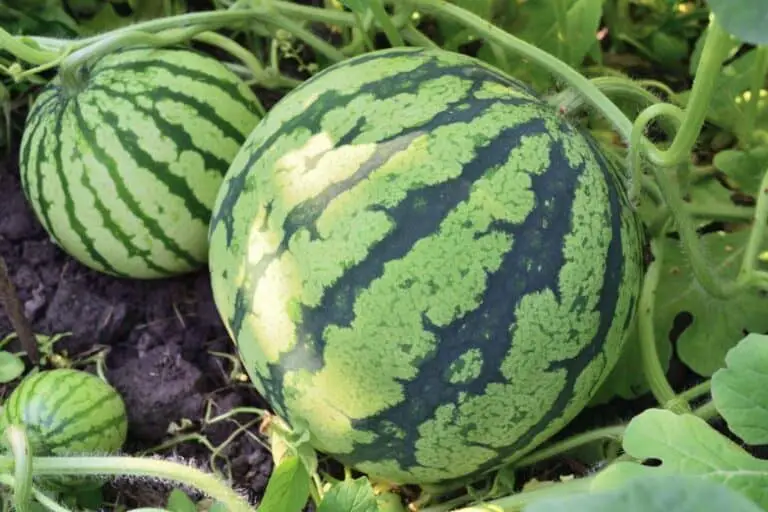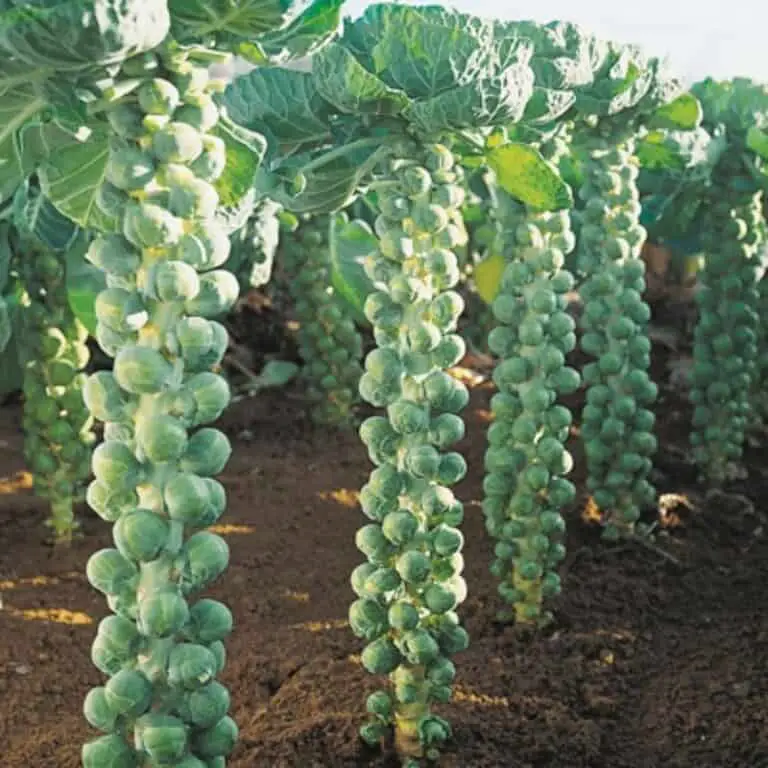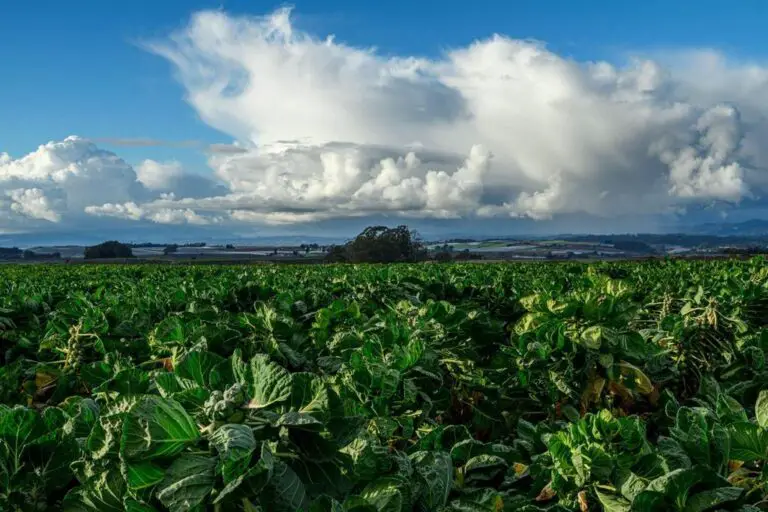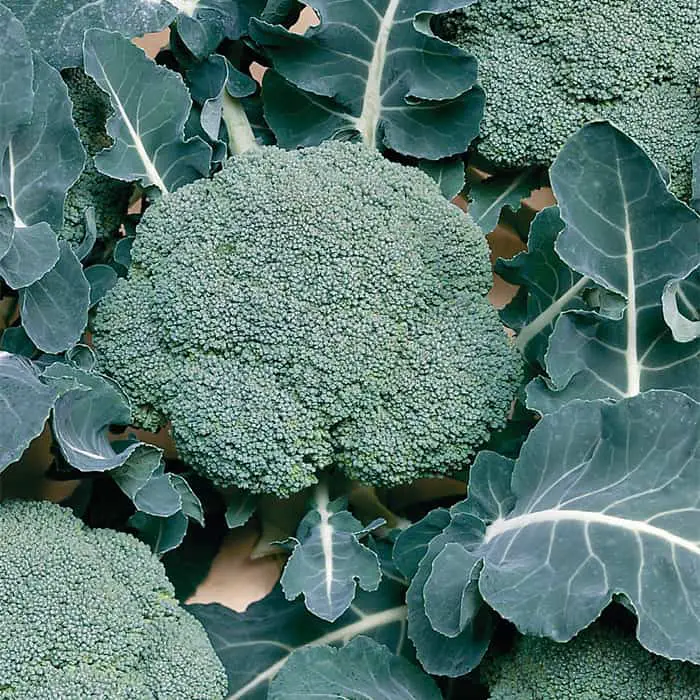Is Plantation Farming a Commercial or Subsistence Farming?
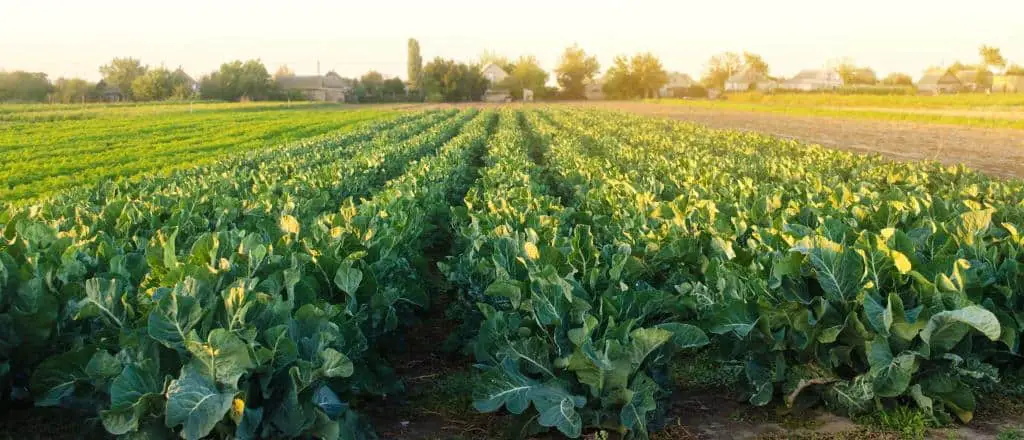
When it comes to agriculture, various farming methods have evolved throughout history to meet the needs of growing populations and changing economic conditions. One such method is plantation farming. But is plantation farming considered commercial or subsistence farming?
Let’s delve into this fascinating topic and explore the characteristics and nuances of plantation farming. Let’s embark on this agricultural adventure and explore the intriguing nature of plantation farming.
Get ready to uncover the secrets behind this grand-scale cultivation and find out whether it’s all about the business or more about self-sufficiency. So, sit tight, grab a refreshing beverage, and let’s dig into the world of plantation farming!
Understanding Plantation Farming
Plantation farming is a large-scale agricultural system that focuses on cultivating cash crops such as coffee, tea, sugar, rubber, cotton, and tobacco. This type of farming is typically practiced in tropical or subtropical regions that offer favorable climatic conditions and fertile soil for the growth of these cash crops.
In plantation farming, vast tracts of land are dedicated solely to the production of a specific crop. The land is often owned by wealthy individuals or corporations that invest heavily in machinery, labor, and infrastructure to maximize productivity and profitability. Plantation farms tend to be highly mechanized and utilize advanced farming techniques to achieve high yields.
Commercial Farming vs Subsistence Farming
Commercial farming refers to agricultural activities conducted with the primary aim of generating profit. In the context of plantation farming, it aligns with the cultivation of cash crops on a large scale.
This type of farming involves the production of crops that can be sold as good commodities in the market. These commodity plants are grown specifically for trade and sale in national and international markets. Commercial farming on plantations focuses on maximizing yields, employing efficient agricultural techniques, and accessing favorable market conditions to ensure profitability.
Subsistence farming is characterized by small-scale farming or cultivation primarily aimed at meeting the food and livelihood needs of the farmer and their family. Unlike plantation farming, subsistence farming does not prioritize the production of cash crops for commercial purposes. Instead, subsistence farmers grow crops like maize, rice, millet, or vegetables to sustain themselves and their communities.
Commercial Aspect of Plantation Farming
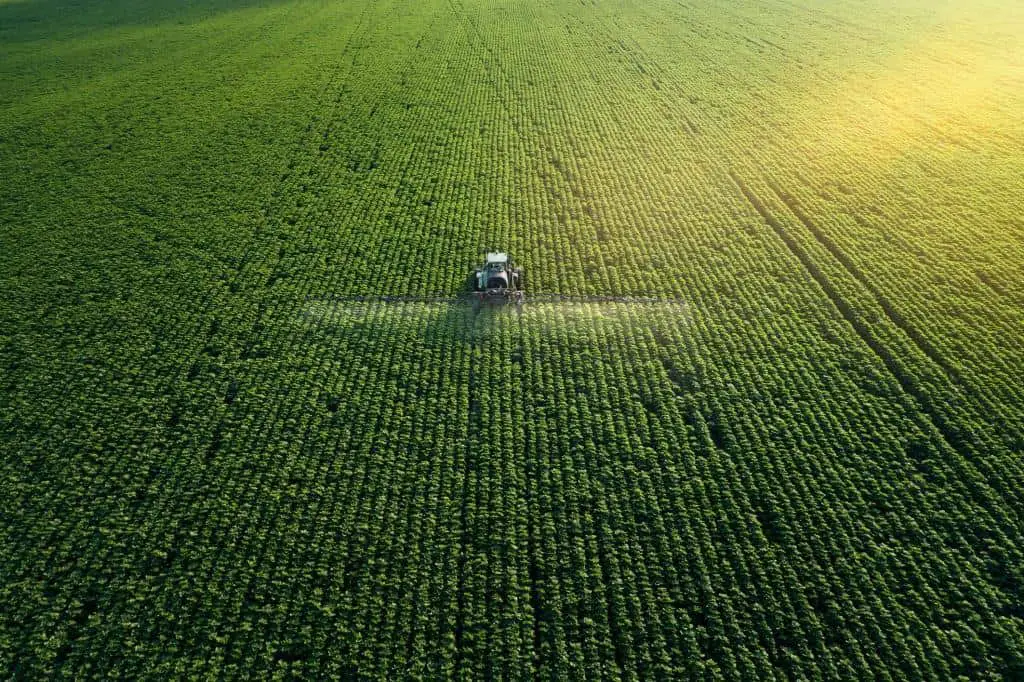
Plantation farming is primarily a commercial endeavor. Its main objective is to generate profits by producing large quantities of cash crops for domestic and international markets.
These crops are cultivated with the intention of being sold, rather than for the subsistence needs of the farmers themselves. Plantation farmers aim to achieve economies of scale by maximizing production and minimizing costs to ensure a competitive edge in the market.
The commercial nature of plantation farming is evident in various aspects of its operations. For instance, extensive planning and investment go into selecting the most suitable crops and locations, as well as procuring advanced machinery and employing skilled labor.
Plantation farms often operate as business enterprises, following market trends and employing marketing strategies to attract buyers and secure profitable contracts.
Distinction from Subsistence Farming
While plantation farming has commercial motivations, it is very different from subsistence farming. Subsistence farming is a type of agricultural practice where farmers primarily grow crops or rear animals to meet the basic needs of their families or local communities. The produce is frequently not intended for sale in outside markets; instead, the farmers consume it.
Unlike subsistence farming, plantation farming is characterized by specialized monoculture, which means that a single cash crop dominates the entire farm. This specialization enables farmers to focus on efficient production methods and achieve economies of scale, thereby boosting profitability. In contrast, subsistence farmers usually grow a diverse range of crops and maintain livestock to ensure a varied and self-sufficient food supply.
Another distinction lies in the scale of operations. Plantation farming typically involves large landholdings, extensive infrastructure, and substantial capital investment. Subsistence farming, on the other hand, usually takes place on smaller plots of land and relies more on traditional, labor-intensive techniques.
The primary goal of subsistence farming is to meet the immediate nutritional needs of the farmer and their family rather than generate surpluses for commercial purposes.
Advantages of Plantation Farming
Plantation farming offers several advantages that have contributed to its prominence and success as a commercial agricultural practice:
- Efficient land utilization and high productivity: Plantations are designed to maximize land use efficiency, often employing mono-cropping techniques and advanced agricultural practices. This results in high yields and increased productivity per unit of land.
- Economies of scale and cost-effective production: Large-scale plantations can benefit from economies of scale, allowing for cost-effective production. This includes access to bulk purchasing, mechanization, and streamlined supply chains.
- Access to markets and international trade opportunities: Plantation farming, being primarily focused on cash crops, enables farmers to tap into domestic and international markets, facilitating trade and economic growth.
- Technological advancements and innovation: Plantations often embrace technological advancements, such as precision farming, irrigation systems, and mechanization. These innovations enhance productivity, reduce labor requirements, and optimize resource utilization.
Disadvantages of Plantation Farming
While plantation farming offers certain advantages, there are also notable disadvantages associated with this agricultural practice:
- Environmental degradation and biodiversity loss: The expansion of plantations, particularly in ecologically sensitive areas, can lead to deforestation, habitat destruction, and the loss of biodiversity. This can have far-reaching ecological consequences, affecting local ecosystems and contributing to climate change.
- Social inequality and exploitation of workers: Plantation farming has been criticized for perpetuating social inequality, as the concentration of land and wealth in the hands of a few can lead to exploitation of workers, low wages, and poor working conditions.
- Vulnerability to market fluctuations and price volatility: Plantation farmers are often exposed to market fluctuations and price volatility, as they rely heavily on a few cash crops. Changes in demand, market conditions, and international trade policies can significantly impact the profitability and sustainability of plantation farming.
- Dependence on monoculture and susceptibility to pests/diseases: Plantations often rely on monoculture, the cultivation of a single crop, which can increase their vulnerability to pests, diseases, and crop failure. This dependence on a single crop can pose risks to the economic viability of plantations.
Sustainability in Plantation Farming
To address the environmental and social challenges associated with plantation farming, various sustainability initiatives and practices have emerged:
- Adoption of sustainable farming practices: Many plantation farmers have started adopting sustainable farming practices to minimize their environmental footprint. This includes implementing organic farming techniques, agroforestry systems, and integrated pest management approaches.
- Agroforestry and diversification strategies: Plantations can promote biodiversity and environmental sustainability by integrating trees and other crops within their farming systems. Agroforestry practices, such as shade-grown coffee or intercropping with leguminous plants, help enhance soil fertility, conserve water, and provide habitat for wildlife.
- Certification schemes and standards: Certification schemes, such as Fairtrade, Rainforest Alliance, and Organic certifications, aim to ensure that plantation farming meets certain environmental and social criteria. These standards promote responsible farming practices, fair wages, and sustainable land management.
- Community engagement and responsible business practices: Engaging with local communities, respecting their rights, and involving them in decision-making processes are essential for sustainable plantation farming. Responsible business practices, such as fair treatment of workers, investing in social infrastructure, and supporting local development, contribute to the long-term sustainability of plantations.

